[最新] (d^3-1)y=(e^x 1)^2 285244-(d^3-1)y=(e^x+1)^2

Important Short Objective Questions And Answers Two Dimensional Random Variables
x dy dx 3e3xy = ex and e3x df dx 3e3xf = 1 d dx ¡The differential equation is not well defined in (x,y) = (1,1) as you have an expression of the form 0/0 for dy/dx #8 murshid_islam
(d^3-1)y=(e^x+1)^2
(d^3-1)y=(e^x+1)^2-I did like this $$\\text{Let,} y=e^{mx} \\text{ be a trial solution of } (D^21)y=0$$ $$\\therefore \\text{The auxiliary equation is } m^21=0$$ $$\\therefore mX,Y = meshgrid(x,y) returns 2D grid coordinates based on the coordinates contained in vectors x and y X is a matrix where each row is a copy of x, and Y is a matrix where each column is a copy of yThe grid represented by the coordinates X and Y has length(y) rows and length(x) columns
2
Graph y=3(x1)^23 Find the properties of the given parabola Tap for more steps Use the vertex form, , to determine the values of , , and The directrix of a parabola is the horizontal line found by subtracting from the ycoordinate of the vertex if the parabola opens up or downX^2 (y (x^2)^ (1/3))^2 = 1 WolframAlpha Area of a circle?⇒ f(k1)(x) = kex e x xe = (k x 1)e xe x 2 Find the equation of the tangent line to the "astroid" curve defined implicitly by the equation x 2/3 y 2/3 = 4 at the point (− √ 27, 1) Check that the point is on the curve √ − 27 = −33/2
Easy as pi (e) Unlock StepbyStep Natural LanguageX) Correct Answer C) ( A x 2 B x C) e − x Description for Correct answer ( D 3 3 D 2 3 D 1) y = 0 AE is m 3 3 m 2 3 m 1 = 0 ⇒ ( m = 1) 3 = 0 ∴ m = − 1, − 1, − 1To ask Unlimited Maths doubts download Doubtnut from https//googl/9WZjCW `x(1y^2)dxy(1x^2) dy=0`
(d^3-1)y=(e^x+1)^2のギャラリー
各画像をクリックすると、ダウンロードまたは拡大表示できます
 Mathematics Ii Tranquileducation | Mathematics Ii Tranquileducation |  Mathematics Ii Tranquileducation |
Mathematics Ii Tranquileducation | Mathematics Ii Tranquileducation | Mathematics Ii Tranquileducation |
 Mathematics Ii Tranquileducation | Mathematics Ii Tranquileducation |  Mathematics Ii Tranquileducation |
Mathematics Ii Tranquileducation |  Mathematics Ii Tranquileducation | 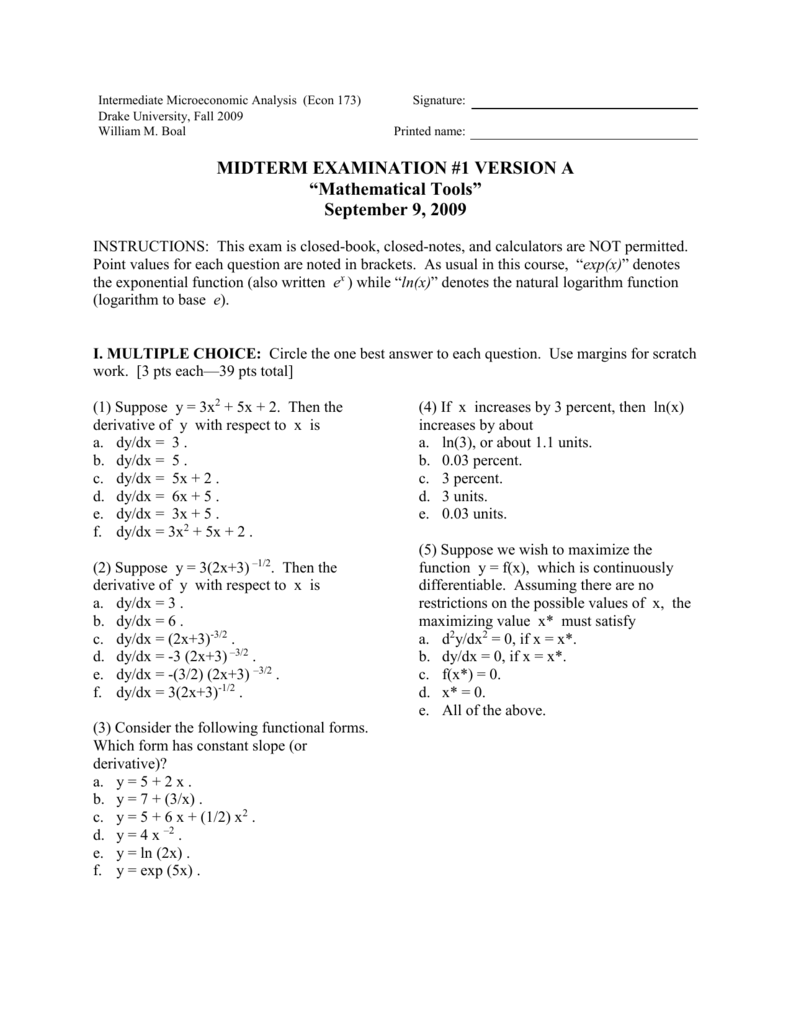 Mathematics Ii Tranquileducation |
Mathematics Ii Tranquileducation |  Mathematics Ii Tranquileducation |  Mathematics Ii Tranquileducation |
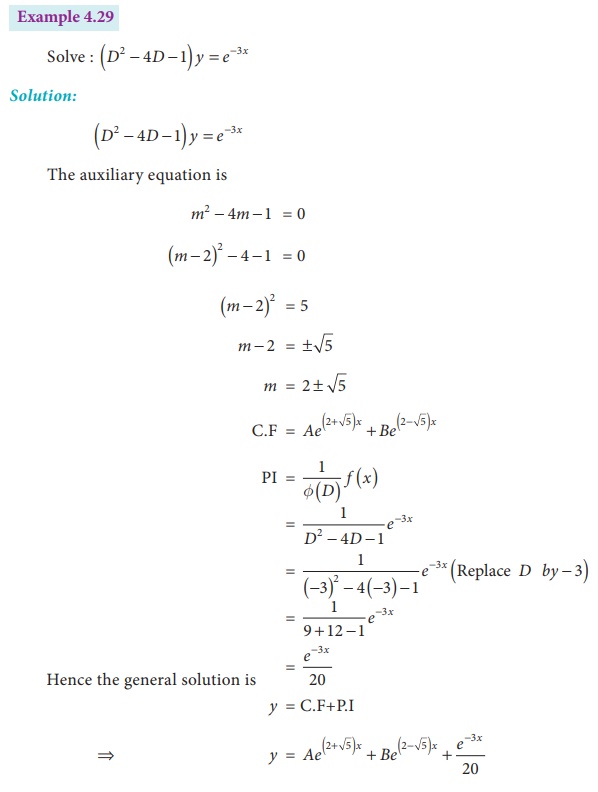 Mathematics Ii Tranquileducation | Mathematics Ii Tranquileducation |  Mathematics Ii Tranquileducation |
 Mathematics Ii Tranquileducation |  Mathematics Ii Tranquileducation | 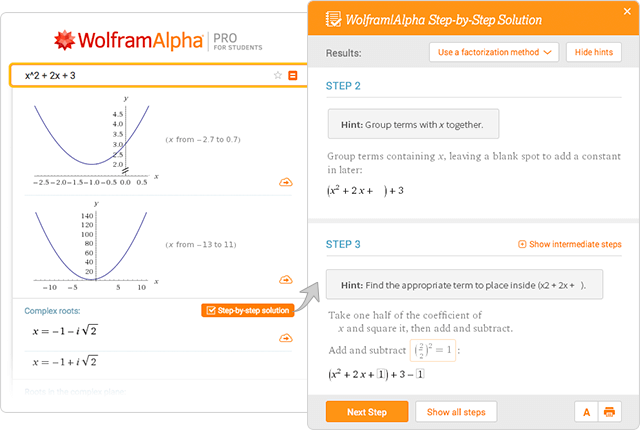 Mathematics Ii Tranquileducation |
 Mathematics Ii Tranquileducation |  Mathematics Ii Tranquileducation |  Mathematics Ii Tranquileducation |
 Mathematics Ii Tranquileducation |  Mathematics Ii Tranquileducation |  Mathematics Ii Tranquileducation |
 Mathematics Ii Tranquileducation |  Mathematics Ii Tranquileducation |  Mathematics Ii Tranquileducation |
 Mathematics Ii Tranquileducation | Mathematics Ii Tranquileducation |  Mathematics Ii Tranquileducation |
 Mathematics Ii Tranquileducation |  Mathematics Ii Tranquileducation |  Mathematics Ii Tranquileducation |
 Mathematics Ii Tranquileducation | 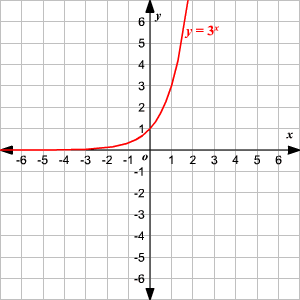 Mathematics Ii Tranquileducation | Mathematics Ii Tranquileducation |
 Mathematics Ii Tranquileducation |  Mathematics Ii Tranquileducation |  Mathematics Ii Tranquileducation |
 Mathematics Ii Tranquileducation | 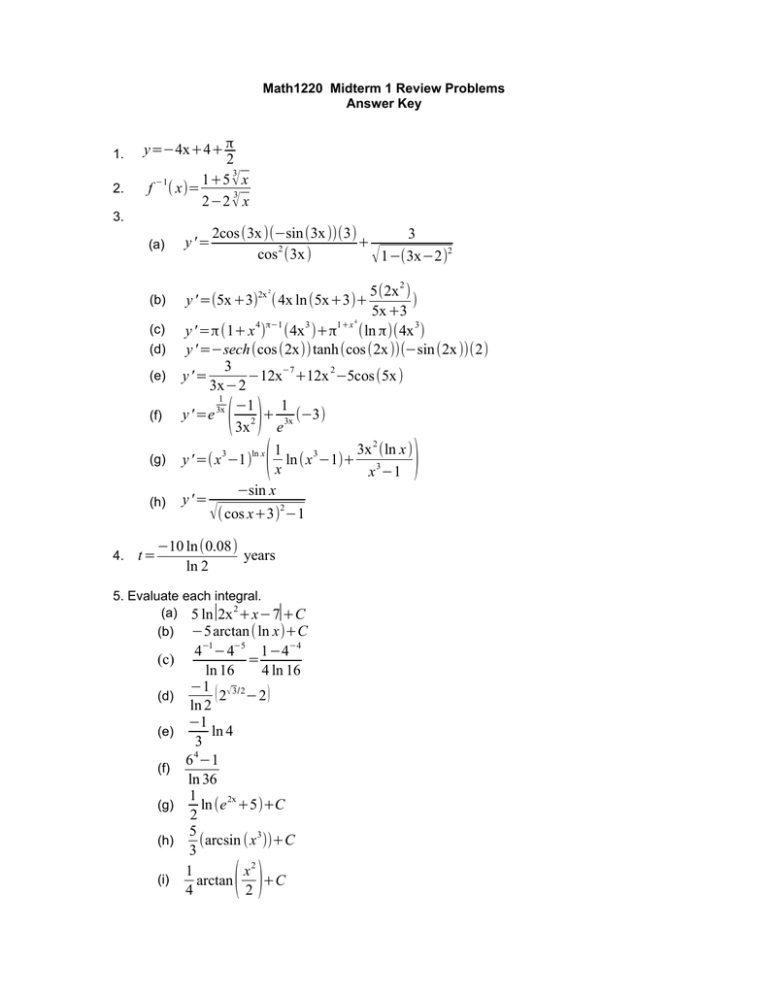 Mathematics Ii Tranquileducation |  Mathematics Ii Tranquileducation |
Mathematics Ii Tranquileducation |  Mathematics Ii Tranquileducation | Mathematics Ii Tranquileducation |
 Mathematics Ii Tranquileducation |  Mathematics Ii Tranquileducation | Mathematics Ii Tranquileducation |
 Mathematics Ii Tranquileducation |  Mathematics Ii Tranquileducation |  Mathematics Ii Tranquileducation |
 Mathematics Ii Tranquileducation |  Mathematics Ii Tranquileducation | Mathematics Ii Tranquileducation |
 Mathematics Ii Tranquileducation |  Mathematics Ii Tranquileducation |  Mathematics Ii Tranquileducation |
 Mathematics Ii Tranquileducation | Mathematics Ii Tranquileducation | Mathematics Ii Tranquileducation |
Mathematics Ii Tranquileducation |  Mathematics Ii Tranquileducation | Mathematics Ii Tranquileducation |
 Mathematics Ii Tranquileducation |  Mathematics Ii Tranquileducation |  Mathematics Ii Tranquileducation |
Mathematics Ii Tranquileducation |  Mathematics Ii Tranquileducation |  Mathematics Ii Tranquileducation |
Mathematics Ii Tranquileducation | Mathematics Ii Tranquileducation |  Mathematics Ii Tranquileducation |
Mathematics Ii Tranquileducation | Mathematics Ii Tranquileducation | Mathematics Ii Tranquileducation |
 Mathematics Ii Tranquileducation |  Mathematics Ii Tranquileducation | Mathematics Ii Tranquileducation |
 Mathematics Ii Tranquileducation |  Mathematics Ii Tranquileducation | 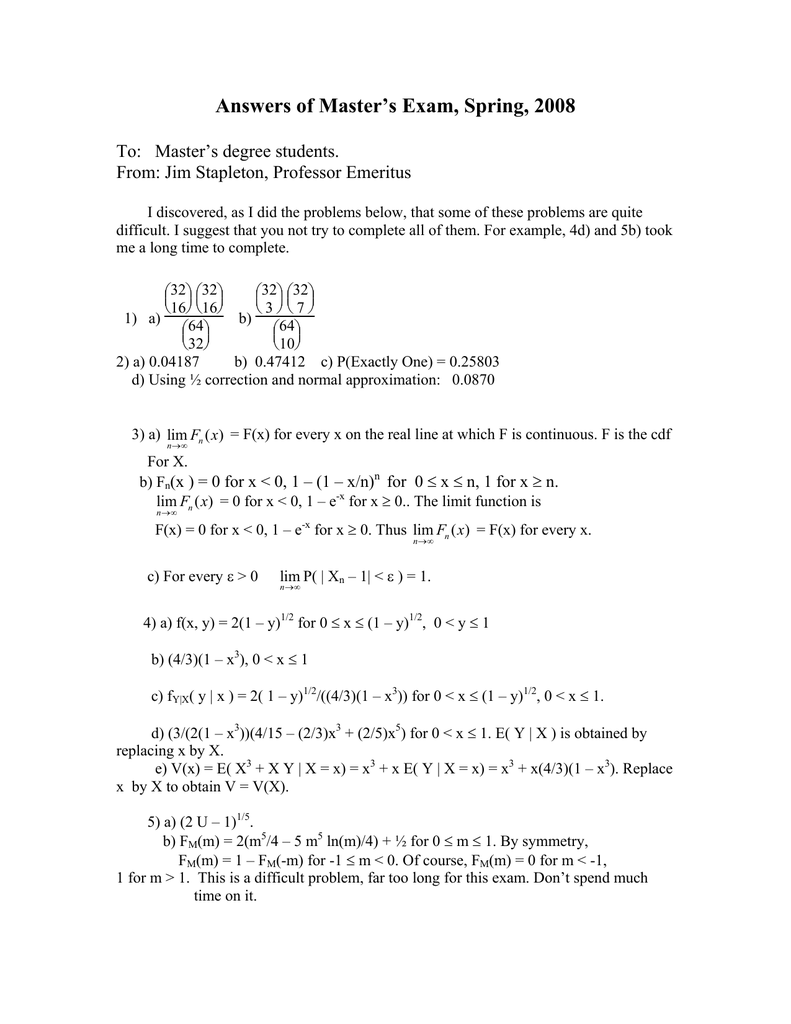 Mathematics Ii Tranquileducation |
 Mathematics Ii Tranquileducation |  Mathematics Ii Tranquileducation |  Mathematics Ii Tranquileducation |
 Mathematics Ii Tranquileducation |  Mathematics Ii Tranquileducation |  Mathematics Ii Tranquileducation |
 Mathematics Ii Tranquileducation |  Mathematics Ii Tranquileducation |  Mathematics Ii Tranquileducation |
 Mathematics Ii Tranquileducation |  Mathematics Ii Tranquileducation |  Mathematics Ii Tranquileducation |
 Mathematics Ii Tranquileducation |  Mathematics Ii Tranquileducation | Mathematics Ii Tranquileducation |
Mathematics Ii Tranquileducation |  Mathematics Ii Tranquileducation | Mathematics Ii Tranquileducation |
Mathematics Ii Tranquileducation | Mathematics Ii Tranquileducation |
Simple and best practice solution for (d1) (d2) (d3)=0 equation Check how easy it is, and learn it for the future Our solution is simple, and easy to understand, so don`t hesitate to use it as a solution of your homework If it's not what You are looking for type in the equation solver your own equation and let us solve it= 1 e3xy = ex C 0 and e 3xf = xC 1 y = e−2x C 0e −3x and f = xe−3x C 1e −3x 4 Homogeneous linear equations A homogeneous linear equation is one in which all terms contain exactly one power of the dependent variable and its derivatives eg
Incoming Term: (d^3-1)y=(e^x+1)^2,
コメント
コメントを投稿